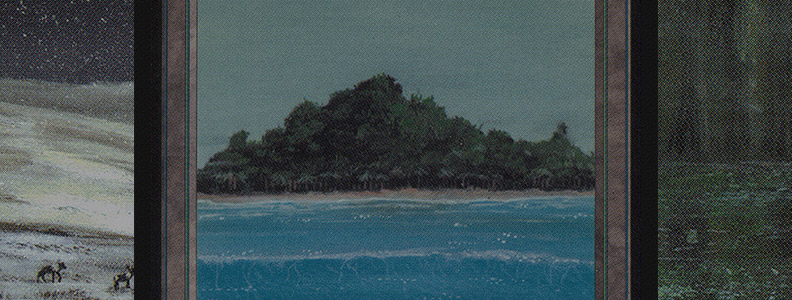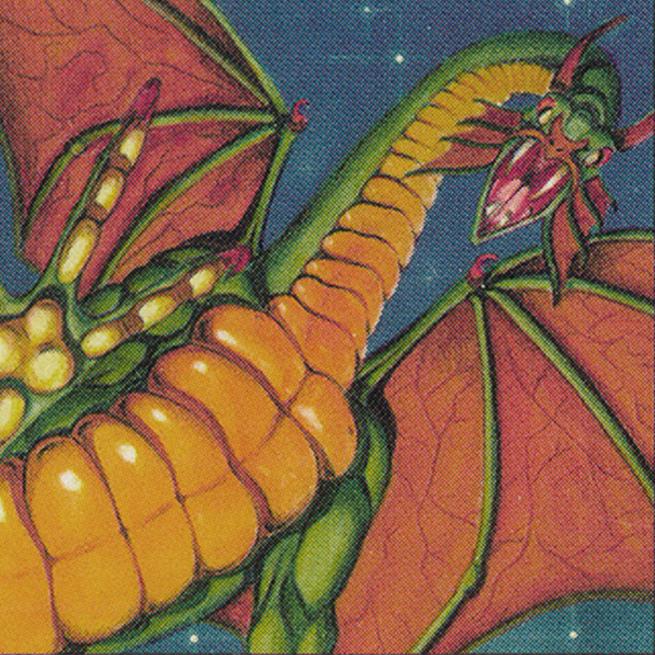Magic: The Gathering took the world by storm in 1993, and its popularity spread like a wildfire from Seattle to the world.
And who pulled this incredible feat? A small team of people working from a home garage. One of them was Jesper Myrfors, the original Art Director.
Join us, as we continue our interview with Jesper, and go over his last years at Wizards, some of his most famous cards, and also talk about a more personal side to Jesper's life.
This interview picks up from where we left last week, so we recommend you read part I first.
Enjoy!
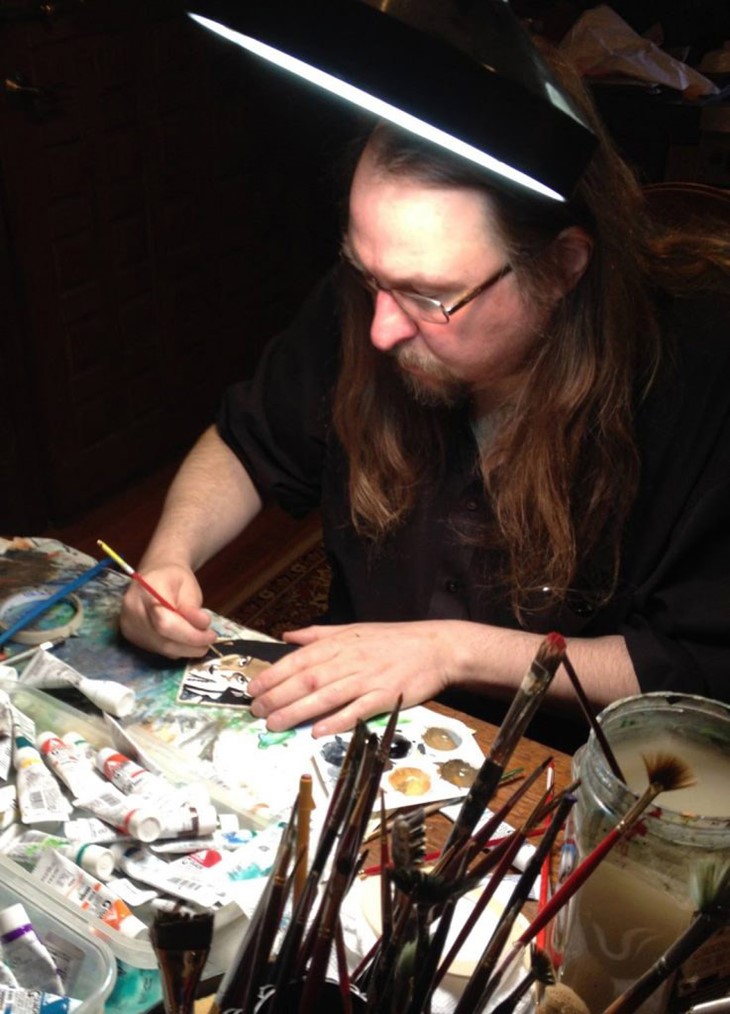
What happened after the success of Alpha?
What happened next was we needed a follow up to the game. They decided to do a smaller set so players would not feel overwhelmed. The big thing was no power creep, as we were not trying to sell an upscaling product that would require people to buy it continuously, as Warhammer was doing, They released an edition of the game, then released all the miniatures, then they'd kill it, and then they did it again.
We really didn't want to do that because we were gamers, we wanted to make products that we'd love, we were the target market. It doesn't get better than that, when the people making the game are the same people who want to play it, and that's really what it was. Very much like a band that makes the music they want to hear and then get fans.
And shortly after we get Arabian Nights...
An interesting point about both Ice Age and Arabian Nights: if you look at the packaging for Arabian Nights it will show a purple back, and for Ice Age I had designed a blueish white. That was done deliberately, because at the time we thought you should be able to identify the set the cards came from, sort of tagging what style of magic you were using, something that for tournaments could also be easily removed. But it got countered, and rightfully so, as it could lead to cheating and all kinds of gameplay issues; but if you look at the booster boxes for Arabian Nights you can see a vestigial holdover from that.

And here's another tidbit: the Hurloon Minotaur was actually named by me. We had to get a magazine ad out and it was really late, nobody else was in the office, and the copy for the ad absolutely had to be done by morning. So I wrote up the flavor text for the Hurloon Minotaur, and that's how that whole thing about them with their long low moans came to be.
Antiquities was when we started to develop our own intellectual property, rather than relying on generic fantasy tropes and literature. We did leave enough of a foundation in Alpha, as we had working names for groups and races, so it was more like phasing out the generic. That was the beginning of the actual Magic universe.
At this point in time, was the game attracting a more mainstream audience?
Things were moving very fast that at this point, we had already discussed the reprints and how that was going to work with the white borders. The decision had been made to take out any satanic or demonic references, because we didn't want to upset the people who got all distressed about Dungeons & Dragons, the same people that would complain to the big retailers like Target and Walmart.
All that imagery was taken out to pave the way to get into those giant retail stores, and that's when it really started to take off. I wasn't involved in all those decisions, and I didn't want to be part of them, because I was busy art directing. But It was around this time that they said they wanted to be mass market, they were tired of just the hobby industry.
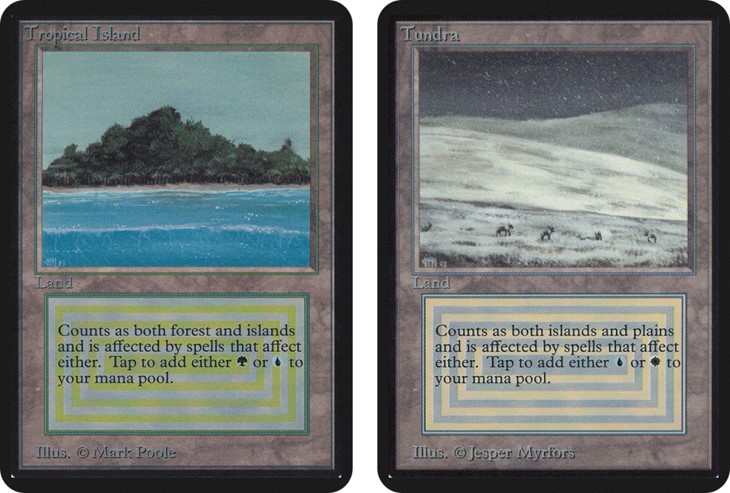
What was your last set working as an Art Director?
I don't remember, it was probably the year 2000, but by then I had I had just completely lost interest in the entire process. I left the art team and became part of R&D to work on games.
At this point Wizards of the Coast was turning into a relatively big company, right?
The passion was for profit, not for the game. I'm not saying that people who worked on Magic didn't have passion for it, I'm saying at the heart of the company, they didn't have passion for it.
R&D really cared about the game, I heard arguments in that place over minutia, it almost came to blows. But the suits really stopped caring more and more, and you know, when that happens, things start to go downhill pretty quickly.
I think Hasbro has saved it in some ways. Magic would have eaten itself if left in the hands it was in. If they can keep the greed down to a dull roar they might actually keep it going for a long time.
Do you still go to events?
Occasionally. I enjoy the Magic community in general, they're very nice and very intelligent, I really enjoy interacting with them. I don't play Magic anymore, but gaming is my passion, I work at a game company called Greyborn Studios, we make computer games.
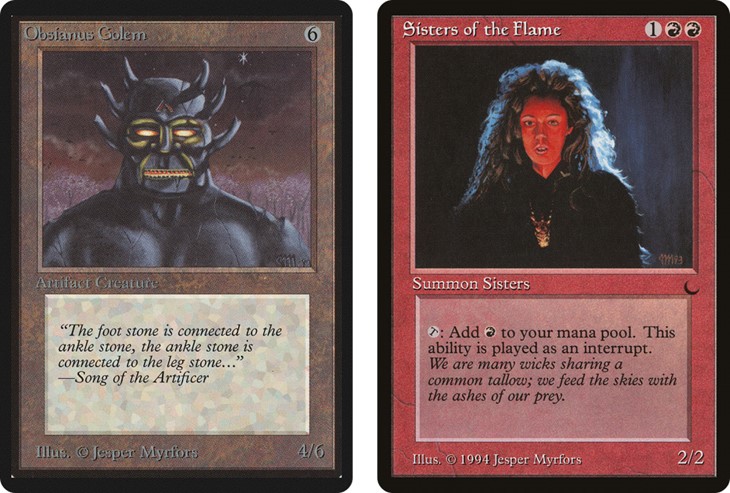
I'm going to name some of your Magic cards, and if you could talk a little bit about them that would be cool.
Sure.
Mold Demon. I really like this card!
To explain that card I must first talk about the philosophy behind the art direction I was using. In the very original days of Magic, my feeling was that I was representing a huge world with different kinds of magic. I couldn't standardize the look of the game, so I wanted the borders to carry the look and the art to be diverse.
My preference was for people to love or hate some of the work rather than being ambivalent about it all, and I was hoping that the game and the borders would tie it all together into some sort of semblance of a diverse world.
And at the time I was experimenting with a bunch of different styles on my own. Remember that at the time I was still in art school, and I had very little painting experience. I was also doing work for other companies, I continued to work for Pagan, White Wolf and Mayfair Games.
So I was trying to diversify my style, and I was starting to appreciate a looser painting style that was more spontaneous and used the chaos of the moment, I thought it looked violent and spontaneous and fungal. So when Mold Demon came up, I thought "Hey, I will try this technique on it!".
I also like Demonic hordes.
The influence on that one if you'd like to know is Scandinavian fairy tales and aboriginal art.
What about Word of Command?
Oh, god. That's a card that will haunt me, I really dislike it. I know there are people who like it and I don't mean to denigrate them, and it's a fun card to alter because there's nothing to it. But what happened was I was doing a texture painting, it was in the bag that I carry around and I showed it to Richard. I told him I was thinking of using it for a background, and I had drawn two stupid little eyes on it as a joke, and that's when he said he really liked it, and had a card for it.
I thought he was kidding, but he insisted it was perfect for it. It was never painted to be a Magic card, and I'm not trying to pass that off as a legitimate painting. I mean, it might be now. One thing I've noticed as an artist and as I've gotten older is that I don't see my work the way other people see it. So maybe people see something in it. I don't.
I must also ask you about the famous Atog.
I didn't notice it was an anagram for goat when I painted it, and I feel pretty stupid now knowing it.
Many years after this card was published, a player noticed that the Atog was on a boat. You also said that this card had all this hidden narrative around it.
It was so weird that it took that long for somebody to comment on it! I'm sure other people have noticed, I mean, the odds of not having been noticed are astronomical. But you know, when Atog came out people hated the card mechanic, and they also hated the artwork.
I got a lot of mean comments on that one [Laughs]. Now that it has become kind of iconic, I know how Mike Judge feels with his films. Now people tell me it's their favorite, before they'd tell me how stupid and ugly it was.
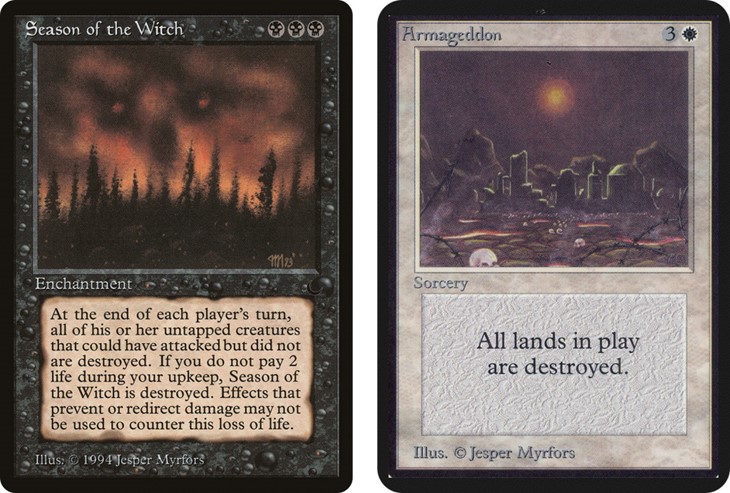
And do you have any other "hidden boats" yet to be discovered?
I could point out that I have a picture of myself on the Tropical island card. I'm standing in the center of the island in a long black Western duster with a cowboy hat on; I'm very small, but I'm there.
Do you still follow the game today?
I really don't. I think the art is too homogenous, too busy for the size. But the art itself is phenomenal, way better than a lot most of the art from when I was playing, and I'm saying it out of honesty, as I'm sure most of the other artists would agree with me.
These are fantastically talented people, but they have a bit too much of the same style. I don't think any of the current artists are bad, they're all better than I'll ever be.
Do you do still work on art direction?
Sometimes I get called to do a directing job and I really enjoy it, but these days I'm mostly doing environmental design on video games. I just finished working on a game, it's called Luna and the Moonling and it's available on Steam.
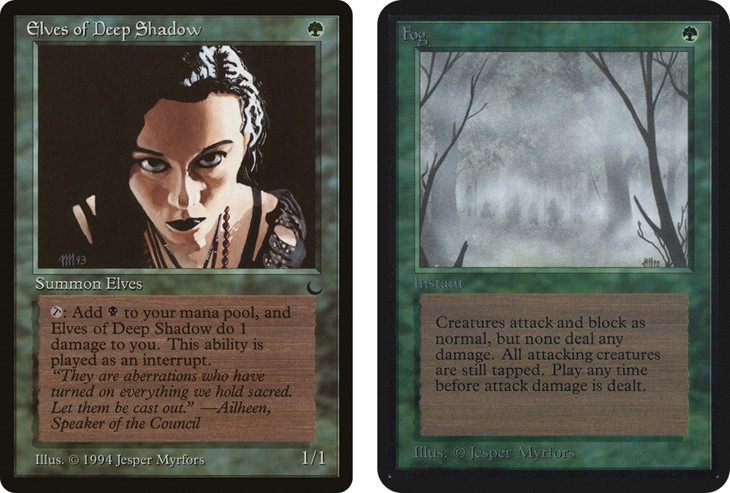
You also mentioned that you have been diagnosed with Autism late in life?
My wife was watching some television show and she said "oh my god, that's my husband!". She finally convinced me to go in and get tested at the University of Washington Autism Clinic and sure enough, I'm autistic. My brain thinks differently than other people apparently do, and it leads to a lot of misunderstandings and poor communication. I've been working a lot harder on that recently.
It also means I tend to focus more on one thing, which is how I could buckle down and get Magic done so quickly, because I focused on nothing else but Magic for the entire time I worked on it, so I got things done. And now that makes sense. There's some real downsides to it though, I really need rituals in my life, not in a religious sense, I just need the comfort of knowing what I'm going to be doing at any given time.
When plans change suddenly, that can be a big deal to me, and it's really jarring. I also have a lot of trouble with sensory overload. The environment at a GP is really stressful for me and I feel like an animal, so the fact that I actually enjoy interacting with people under those circumstances says a lot about Magic players and how cool they are, because those environments really freak me out.
It's curious how one can discover such an important thing about themselves later in life.
It really is. I would encourage anyone who suspects they are, to go and find out because it is life changing in a good way. It doesn't mean I'm mentally defective or anything, it merely means that my brain thinks in a in a way that's alien to people who aren't autistic.
Thank you for this interview and for giving such personal account of your story.
My father told me one thing when I was very young that stuck with me more than any other lesson. He said that the only thing you really have is your honor, and if you lose it, it is almost impossible to get it back. So I try my best to live honorably and part of that it is being honest with myself as well.
